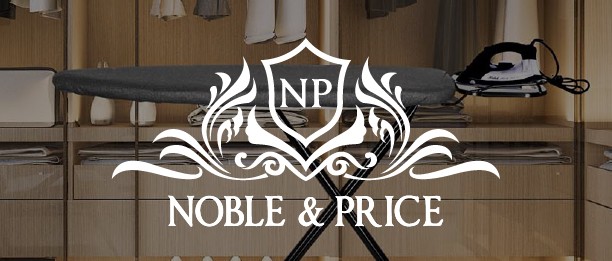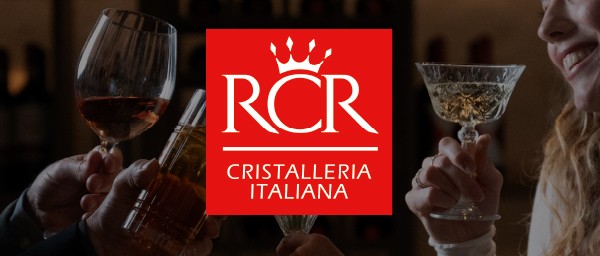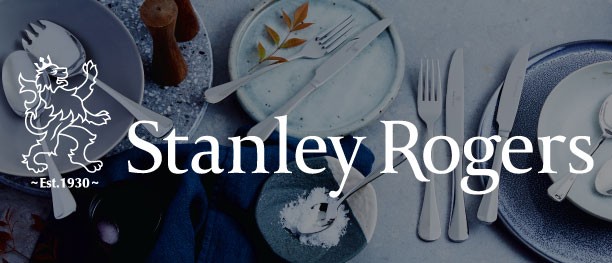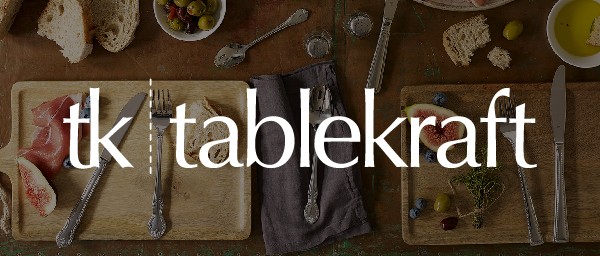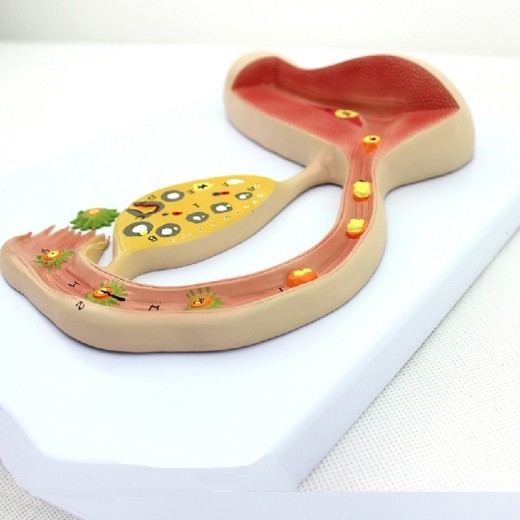
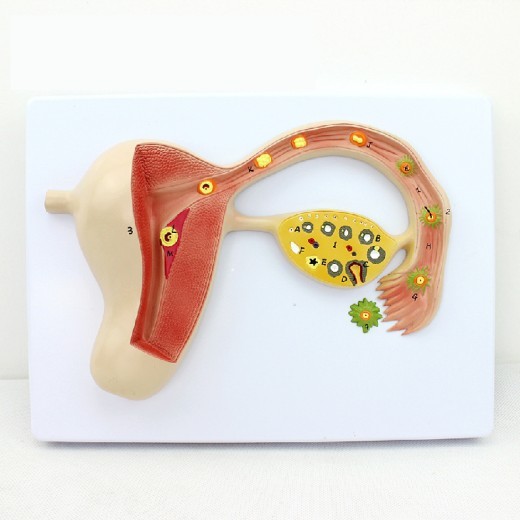
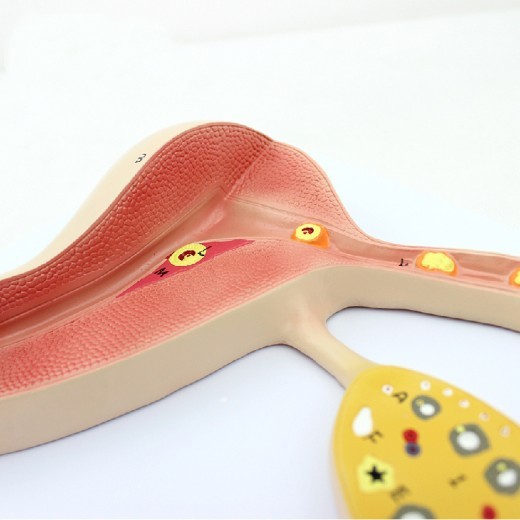

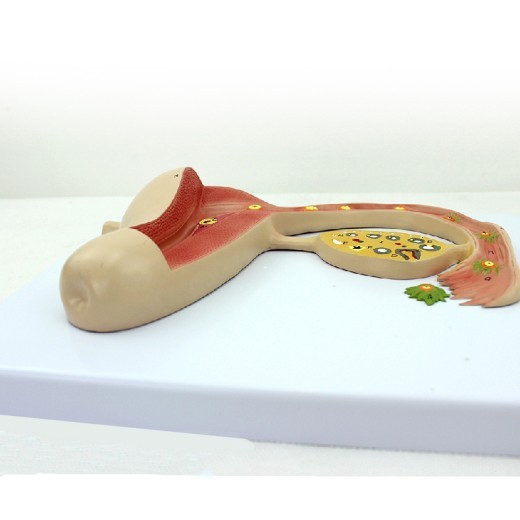
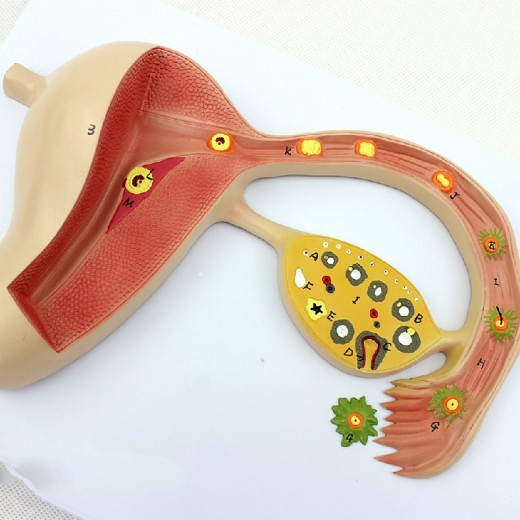
Fertilized Egg Formation Process Promotional Gift Model Reproductive Training Teaching Model
Introduction to the Fertilized Egg Formation Process Teaching Model
The Fertilized Egg Formation Process Promotional Gift Model is a highly detailed educational tool designed to enhance understanding of reproductive health, fertilization, and early embryo development. Perfect for students, educators, medical professionals, and reproductive health trainers, this model provides a visual and tactile representation of one of the most fundamental processes in biology. Whether used in classrooms, workshops, or private study, this model is an invaluable resource for enhancing reproductive health education in New Zealand.
H2: Key Features of the Fertilized Egg Formation Process Teaching Model
1. Highly Detailed Representation
This teaching model presents a highly detailed and accurate depiction of the fertilization process, from the union of sperm and egg to the early stages of embryo development. Each stage of the fertilization process is clearly illustrated, providing a comprehensive view of the sequence of events involved in forming a fertilized egg. This attention to detail allows students and trainees to visualize complex processes with clarity, enhancing both engagement and understanding.
2. Durable and Safe Material
Crafted from non-toxic, durable materials, the model is built to withstand frequent handling, making it suitable for classroom and laboratory environments. Its sturdy construction ensures longevity, so it can be used repeatedly in educational settings without wear. This quality makes it ideal for hands-on learning, enabling students to study the model closely and manipulate it as needed for a better understanding of each stage in the process.
3. Segmented for Step-by-Step Visualization
One of the model's standout features is its segmented design, allowing users to examine each step of the fertilization process independently. This segmented approach enables educators to explain each phase—sperm entry, nuclear fusion, zygote formation, and early cell division—separately, ensuring students can focus on one step at a time. This modular design makes it easier to break down complex information, facilitating a step-by-step approach to learning.
4. Compact, Portable, and Display-Friendly
The model is compact and lightweight, making it easy to carry and store, while its display-friendly design ensures it fits well in any educational or professional setting. Its compact size also means it can be conveniently used in various teaching environments, from classrooms and labs to conference rooms and workshops. This portability makes it a versatile tool that can adapt to the needs of different educational scenarios.
5. Interactive and Engaging Educational Tool
Designed with interactive learning in mind, the model offers a tactile way to study reproductive processes, engaging students more effectively than diagrams alone. By allowing learners to physically examine and manipulate each stage of the fertilization process, the model encourages a hands-on approach that reinforces theoretical knowledge. This interactivity is especially valuable in training settings where experiential learning is key to comprehension.
6. Gift-Ready Packaging
Packaged in a protective and attractive box, the Fertilized Egg Formation Process Teaching Model makes an excellent gift for students, educators, or medical professionals. The packaging ensures the model remains safe during transport, while also providing an appealing presentation for gift-giving. This makes it an ideal choice for academic awards, training program gifts, or as a motivational tool for students interested in reproductive health and biology.
H2: Why Choose the Fertilized Egg Formation Process Teaching Model?
1. Ideal for Reproductive Health Education
This teaching model is perfect for courses and workshops on reproductive health, human biology, and developmental biology. It visually and physically represents the process of fertilization and early embryo formation, helping students understand foundational concepts. By providing a three-dimensional perspective on a process that is often explained with two-dimensional diagrams, the model offers a unique and effective way to convey complex information.
2. Supports Hands-On Learning for Visual and Kinesthetic Learners
The Fertilized Egg Formation Process Model is especially valuable for students who learn best through visual and kinesthetic methods. Unlike textbooks or videos, this model offers a hands-on experience that can make a lasting impression. For kinesthetic learners who benefit from touching and manipulating objects, this model makes the fertilization process tangible, reinforcing information and aiding retention.
3. Useful for Professional Training and Medical Education
Beyond classroom use, the model is also an excellent resource for professional training programs in reproductive health and medicine. It allows healthcare professionals and medical students to explore the details of fertilization and early embryo formation in a controlled, structured manner. The model is ideal for use in seminars, workshops, or reproductive health training sessions, where it serves as both a teaching aid and a discussion tool.
4. Enhances Student Engagement and Understanding
Incorporating models like this into teaching can significantly increase student engagement. The Fertilized Egg Formation Process Model invites students to participate actively in their learning, rather than passively observing diagrams or listening to lectures. By providing a model that visually and physically represents complex processes, educators can foster a more interactive, memorable learning environment that benefits students of all levels.
5. Perfect for Biology Classrooms and Laboratories
This model is an excellent addition to biology classrooms, where it can complement lessons on human development, cell division, and reproductive health. In laboratory settings, it provides a tangible reference that enhances practical experiments or dissections. For New Zealand educators aiming to deepen their students' understanding of reproductive biology, this model is an invaluable tool that enriches the classroom experience.
H2: Maintenance and Care Tips for Your Fertilized Egg Formation Process Teaching Model
To ensure that your teaching model remains in optimal condition, follow these simple maintenance tips:
-
Regular Cleaning: Gently clean the model with a soft cloth or mild soap solution as needed, ensuring no residue remains on
the surface. Avoid abrasive cleaners, which can damage the model.
-
Safe Storage: When not in use, store the model in its original packaging or in a safe, dry area. This will help protect it
from dust, damage, and accidental wear.
-
Handle with Care: Although designed for durability, certain small parts can be delicate. Handle the model carefully to
avoid breaking or misaligning any of its segments.
- Avoid Direct Sunlight: Prolonged exposure to direct sunlight can cause colors to fade. Display the model in a shaded area when possible to maintain its vibrant appearance.
Specification:
The product shows in detail the process of the combination of sperm in the uterus and egg to produce a fertilized egg
Shows the physiological characteristics of the different stages from the beginning to maturity of the fertilized egg
Adopt equal ratio design, size 28*21*10CM
PVC, paint, exquisitely painted by hand
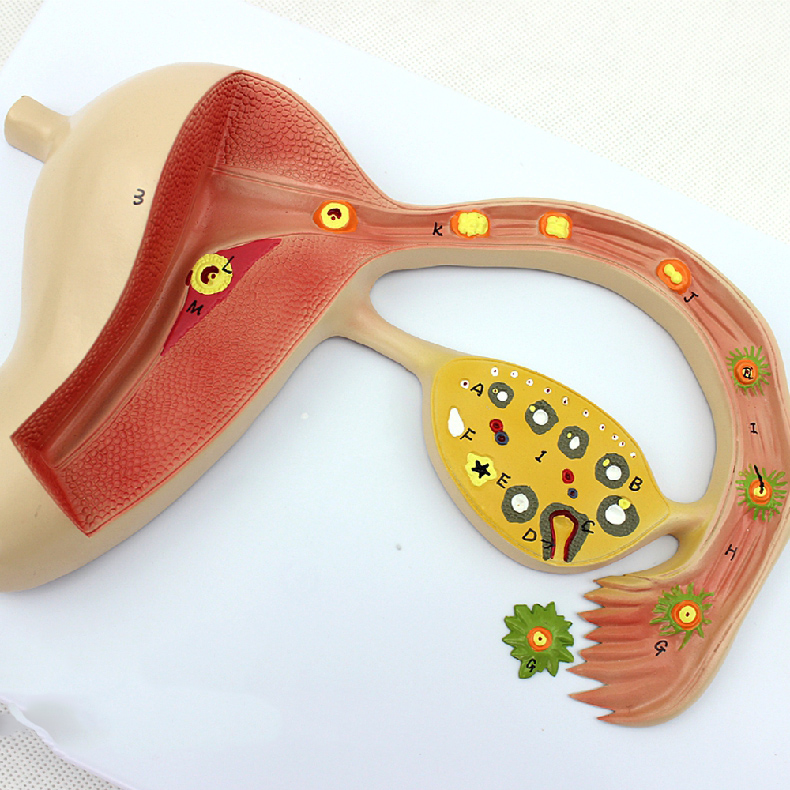
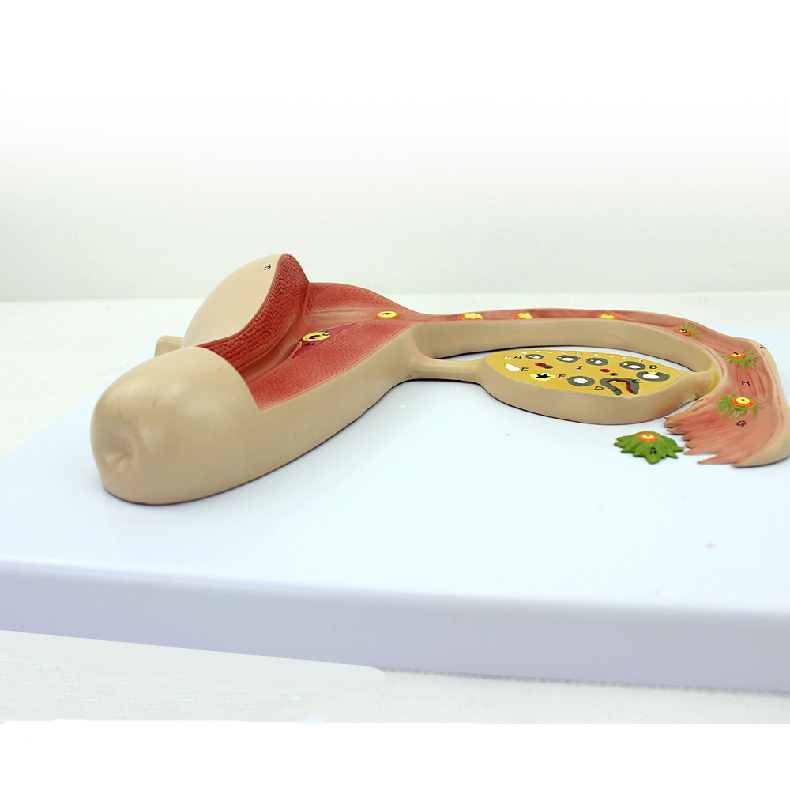

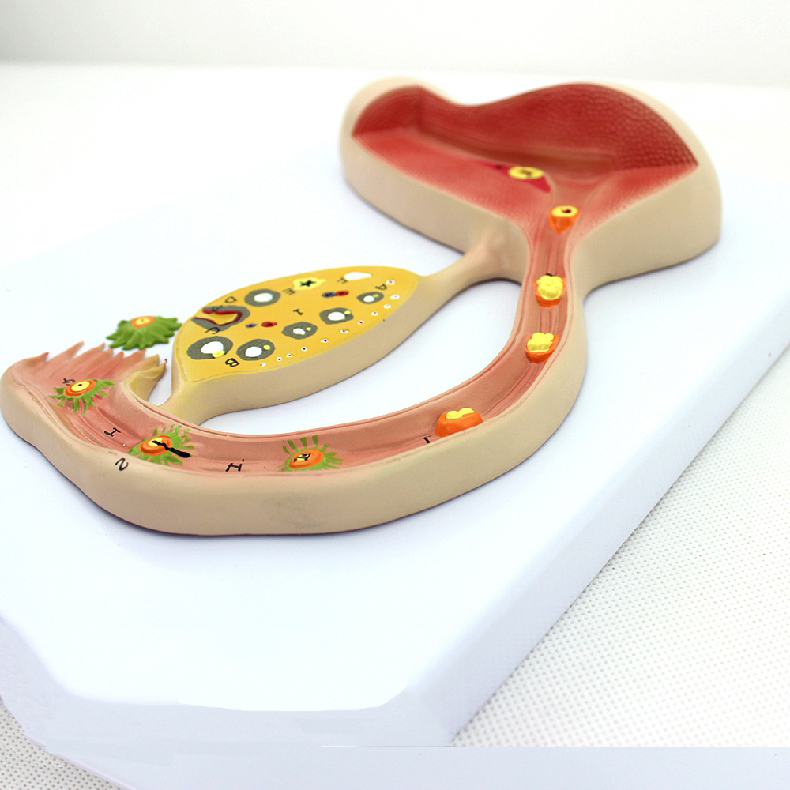
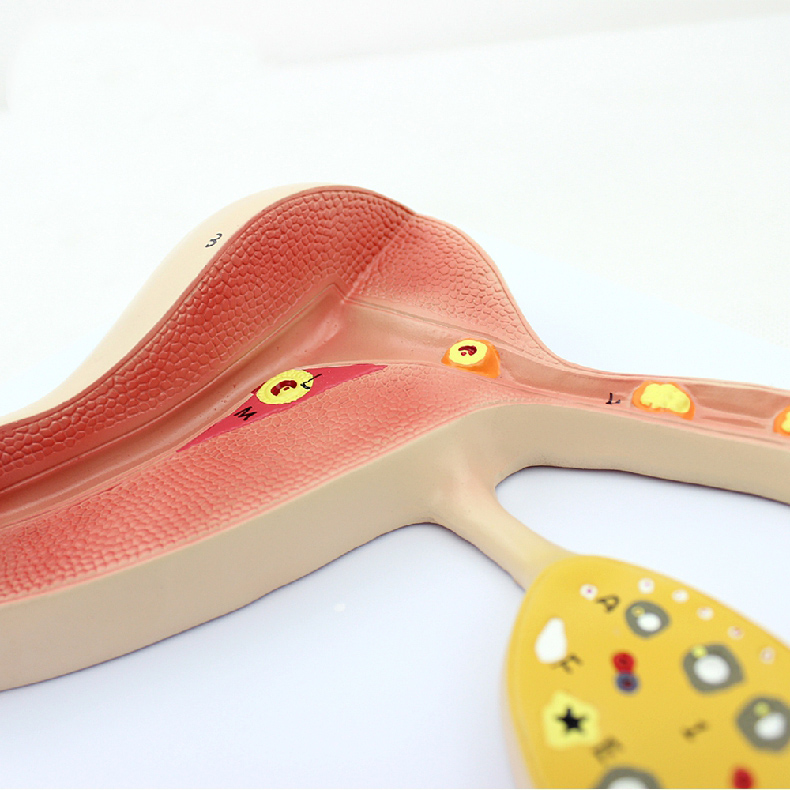

The product may be provided by a different brand of comparable quality.
The actual product may vary slightly from the image shown.
Shop amazing plants at The Node – a top destination for plant lovers


.png)












.jpg)









.jpg)





.jpeg)





.jpeg)



.jpeg)








.jpeg)



.jpeg)

.jpeg)

.jpeg)

.jpeg)




.jpeg)
.jpg)

.jpeg)






.jpeg)
.jpeg)




.jpeg)





.jpeg)


.jpeg)

.jpeg)

.jpeg)

.jpeg)







.jpeg)
.jpeg)
.jpeg)





.jpeg)



.jpeg)






.jpg)
.jpeg)









.jpg)


ulva-Logo.jpg)




.jpeg)



.png)


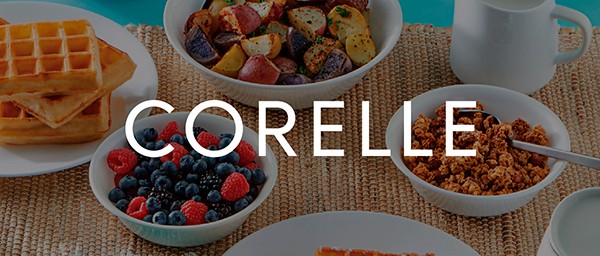





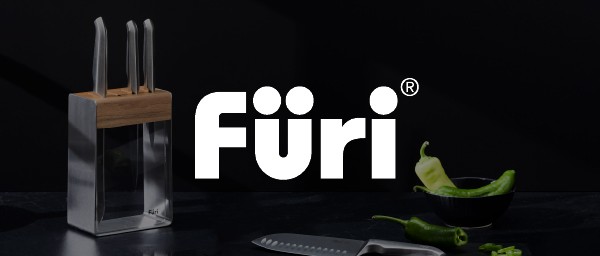

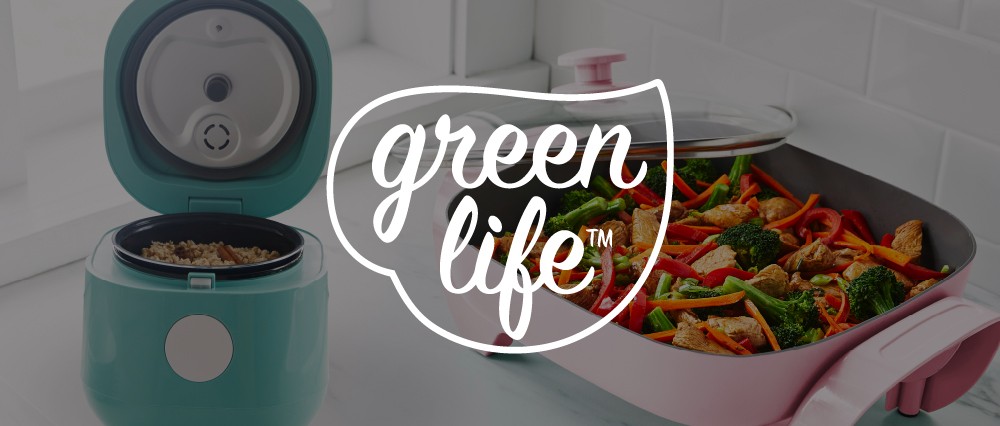




.png)






